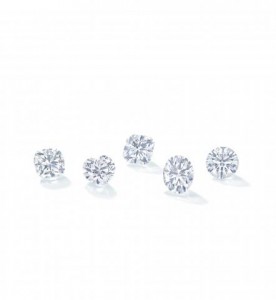The Lucara Diamond Corporation has made most of the discoveries of very large rough diamonds in recent years at their Karowe mine in Africa. Now they have made their mark on the diamond industry in a new way with the introduction of their Clara Diamond Solutions System.
Since the founding of the modern diamond industry, the diamond mining companies have offered their product for sale to the diamond manufacturing sector in assortments or boxes. The manufacturers had to buy the entire box or not without being able to select from it just the stones that suited their manufacturing plans. It was an arrangement that suited the mining companies well but not the manufacturers and DeBeer’s had the market power to make it stick. This is what Lucara has changed.
With Lucara’s Clara Diamond Solutions System, the manufacturers buy only the rough diamonds that they need for the polished diamonds they intend to produce. In fact, they upload the exact specifications of the diamonds they want to produce and the Clara System matches the order with the appropriate rough. It even shows the buyer the best manufacturing plans by providing scans from Sarine Technologies’ Galaxy cut planning machines.
The Clara System was introduced last December and the rough diamonds sold achieved an 8% premium over what they would have earned in a regular tender. It is a win win since the manufacturing sector may be paying more for the diamonds they want, but they are avoiding the excessive inventory costs for the diamonds they don’t and the cost of reselling what they don’t want in the secondary market.
The Clara System works best for rough diamonds 1 to 8 carats which is the bread and butter of the diamond industry. These diamonds are not the mainstay of the Lucara Corporation which has made most of its money in the big diamonds it has discovered. But the selling or spreading of the system to the rest of the industry has great potential to improve the efficiency of the entire system and improve the pressure on the midstream.
Information in this post was abstracted from an article in Rapaport Magazine.






